My original plan was to publish this with the Kochuuten review, but due to some stuff, the review will be delayed. So have only this analysis for today. I was also originally planning to publish the Italian translations of Kochuuten songs along with the review, but I’ve decided to make them public now. They are in the usual section. Anyway, let’s start this analysis!
Surprise surprise, we got a new PV. After six years, Ane did something! This PV definitely changed my original interpretation of the song. I used to think it was yet another song about a poor honest man brutally dying, but that’s not it…
It was just before they reached the paradise.
Ranko
This is the song of a sad background character living in a magical city (matou), beside the exotic richness and bustle of the Shanghai Concession.
Song page (with full lyrics, romaji and translation)
First of all, a bit of background on the original theme. While Meiji Juunananen no Shanghai Alice/Shanghai Alice of Meiji 17 (I’ll refer to it in short as “Meiji 17” in this post) is commonly associated with Hong Meiling, and most of the arrangements out there are made with her and the Embodiment of Scarlet Devil version in mind, the theme is actually an original track from Dolls in Pseudo Paradise, and the version people are more familiar with is an arrangement. Maybe that’s why Chinese Tea is the more popular pick for Meiling songs? Anyway, Hakidasu Aka is not a Meiling song.
A hint of Europe, mixed with game music. (a 2:8 ratio)
ZUN’s comment about Meiji 17 in Embodiment of Scarlet Devil’s music room
It’s strange that it’s not more Chinese, but that’s because it’s composed with the image of the French settlement in Shanghai in mind.
I wonder how Shanghai would be at this time?
ZUN’s comment about Meiji 17 in Embodiment of Scarlet Devil’s omake.txt
Meiji 17th year/1884 is the year of the Sino-French war.
With foreign concession, there’s no better city that suits the name of such a “Matou” (magical city).
And “Matou” is not a short form of “Makai city – Shinjyuku”.
Opium smoke lingers over the town in a cloud, flowing into every nook and cranny. I am in the settlement. The people dance a waltz in clothes of the most brilliant colors. The magic won’t reach me here.
Meiji 17’s story part from the popular version of Dolls in Pseudo Paradise
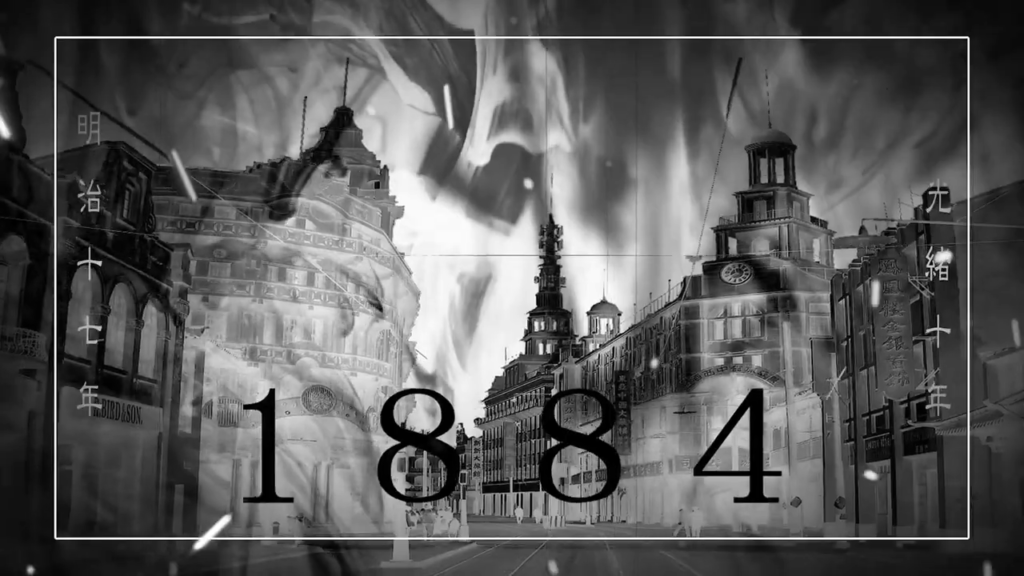
1884 was also the 10th year of the Guangxu era in China. During that time, Shanghai was occupied by the French, and opium parties (described as “a party in a style from a foreign country” in the original DiPP story) were pretty popular. In the Touhou universe, this was the year before the creation of the Great Hakurei Barrier that separates Gensokyo (the paradise from DiPP’s story) from the outside world.
One of ZUN’s biggest influences at the time was the book “Shanghai Gen’ya” by Rin Fujiki. For those who can read Chinese, here is an essay about how this book influenced ZUN’s works from the early 2000s (mainly EoSD, PCB, and DiPP).
“Ballroom orchestra. People dance a waltz. Their clothes are of the most brilliant colors. (…) This is Shanghai, the magical city (matou). Shanghai changes its form like a kaleidoscope every time one turns around. Opium smoke lingers over the town in a cloud, flowing into every nook and cranny. This is why all people dream of opium. A dream that is both mysterious and absurd. The dreams of many people intertwine and create a cacophony.”
from the prologue of Shanghai Gen’ya
Hakidasu Aka is one of the few songs, if not the only one, in Kochuuten to be more based on the popular DiPP story rather than the C62 one with the honest men. From Ranko’s comment, we can collocate the track as before the honest men entered Gensokyo.
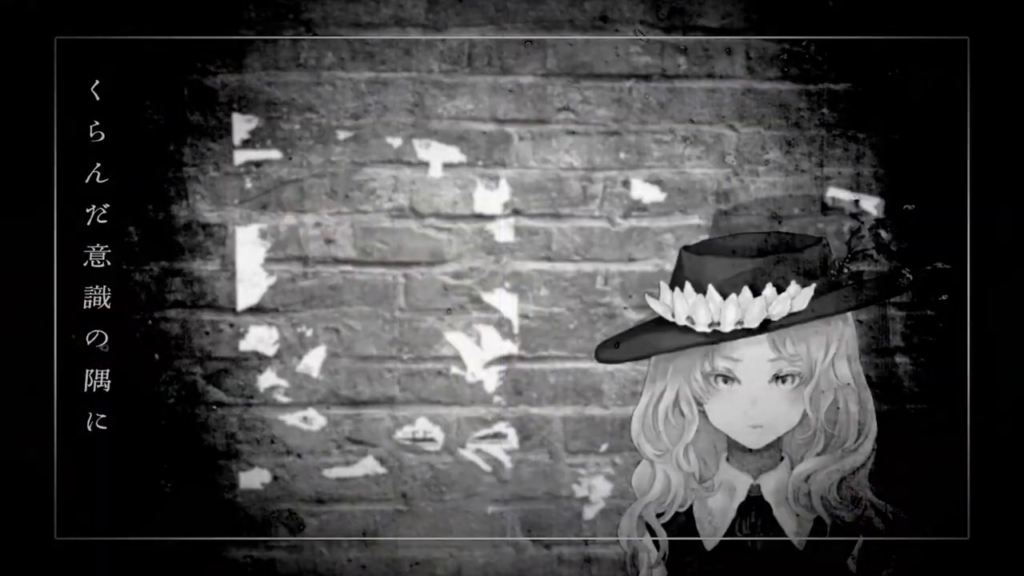
One funny thing about this video is that it’s “Touhou”… mostly in the name only. And the original song. And the DiPP cover girl appearing for 3 seconds. With her western look, she might be the girl named “Alice” living in Shanghai. After all, her real identity is unknown. Since her first appearance wasn’t the DiPP cover, she might be just a random girl ZUN decided to draw (he had multiple illustrations of nameless characters at the time), just like that one girl everyone thinks it’s Rin Satsuki. The fact she is “the most beautiful one of the honest men” is just a popular fan theory. She can be anything in our minds!
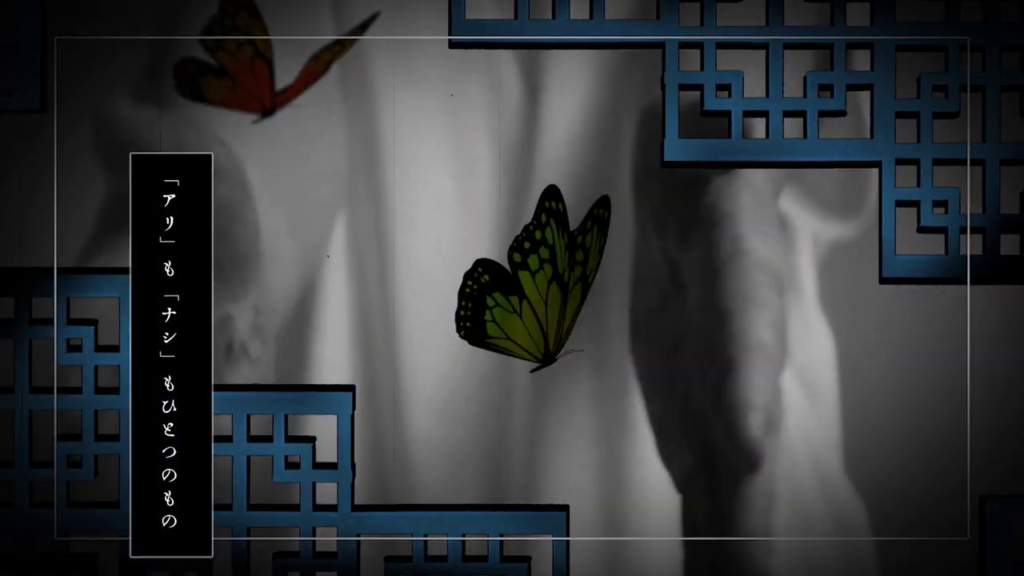
This part occupies a whole half of the first refrain, so I can’t help but think it has some specific meaning. In a lot of cultures, butterflies represent souls. In China, they are also a symbol of romanticism (mainly two butterflies flying together).
Now, to some of the text parts in the video that are not part of the lyrics.
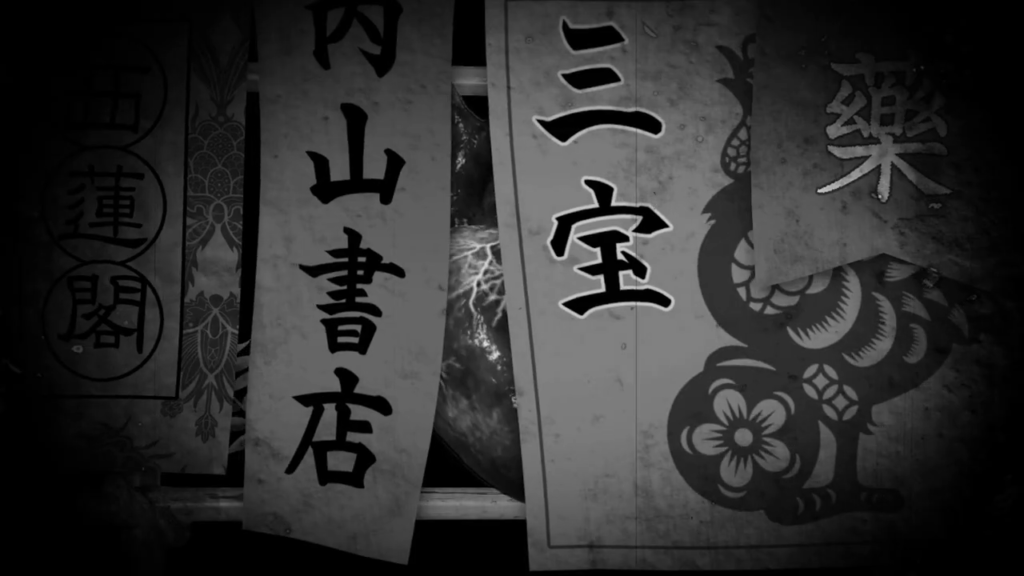
青蓮閣 – blue lotus house. It was one of the most famous stores in Shanghai. “Lotus houses” were, at that time, mostly taken as the name for opium dens.
内山書店 – Uchiyama Shoten is the name of a Chinese/Asian book store in Tokyo.
三宝 – represents the three treasures in Buddhism
藥 – literally medicine, it’s usually referred to an apothecary’s place
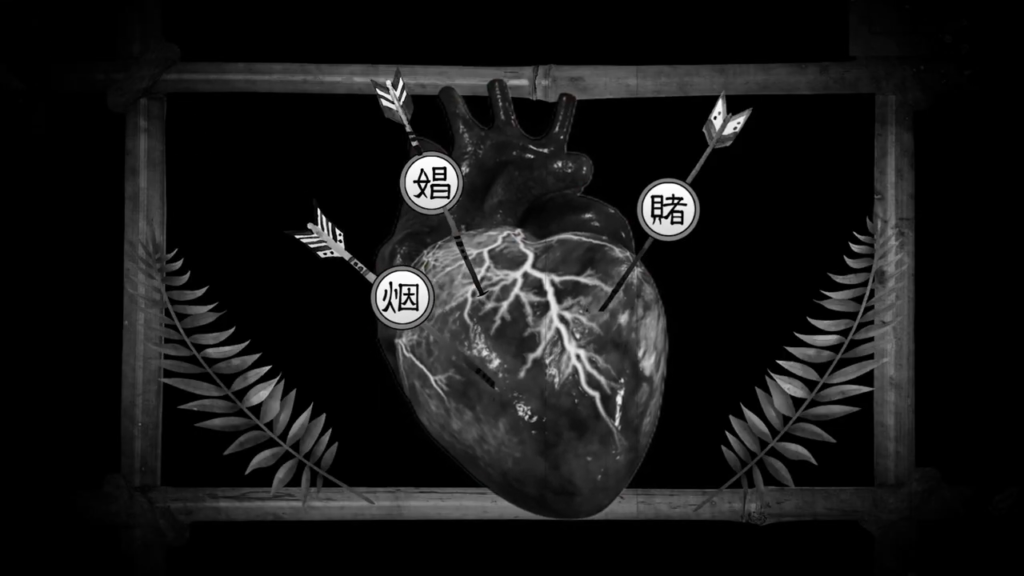
The kanji hitting the heart are respectively 娼 (prostitution), 賭 (gambling), and 烟 (smoke). These are still considered to be the vilest activities in current China.
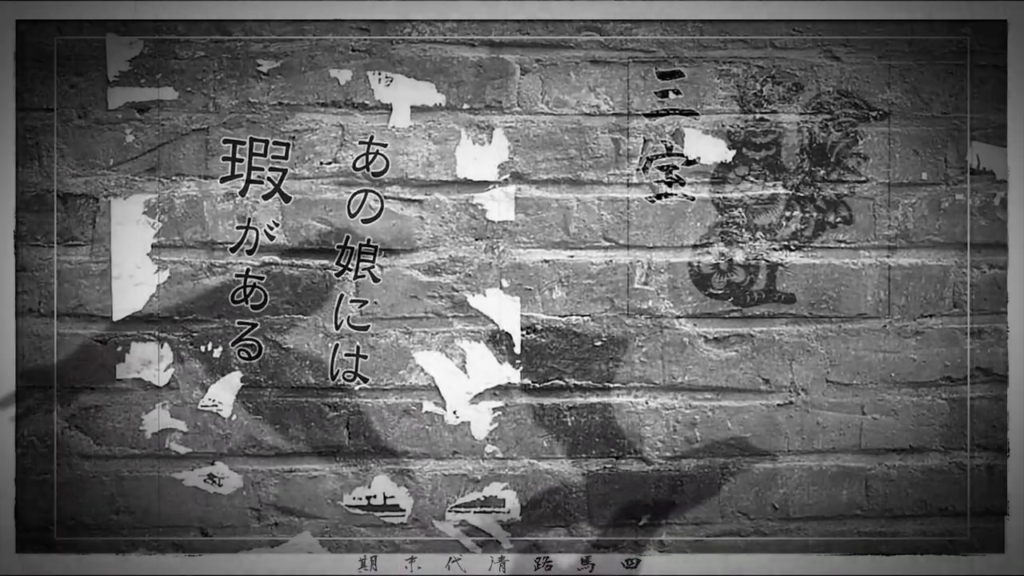
Sima Road is what it’s currently called “Fuzhou Road” in Shanghai. At the time, it was filled with teahouses and brothels.
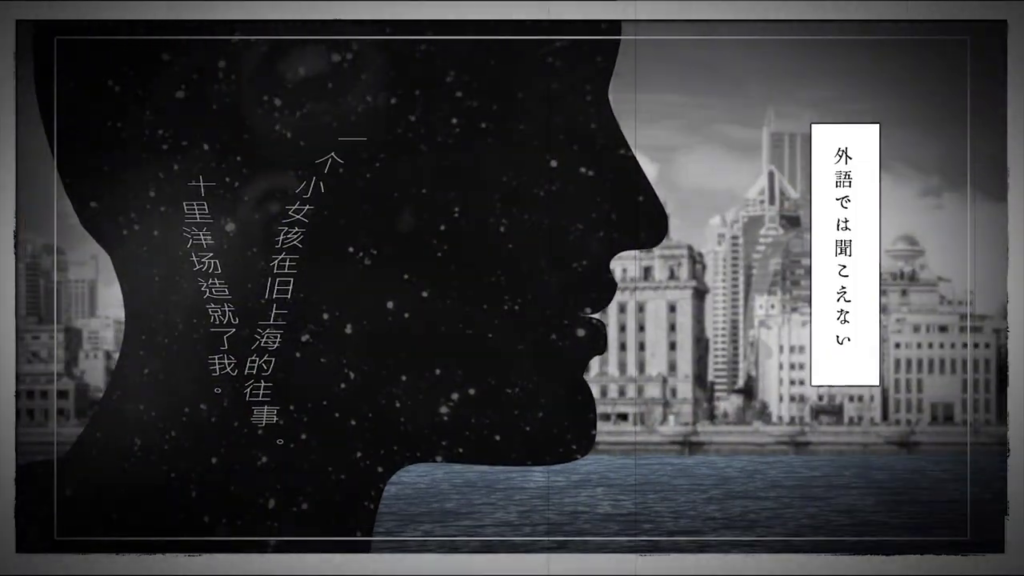
十里洋场 – A foreign settlement or concession established by a foreign country in a Chinese city before liberation, covering a large area of luxury and splendor. The term refers especially to the city of Shanghai.
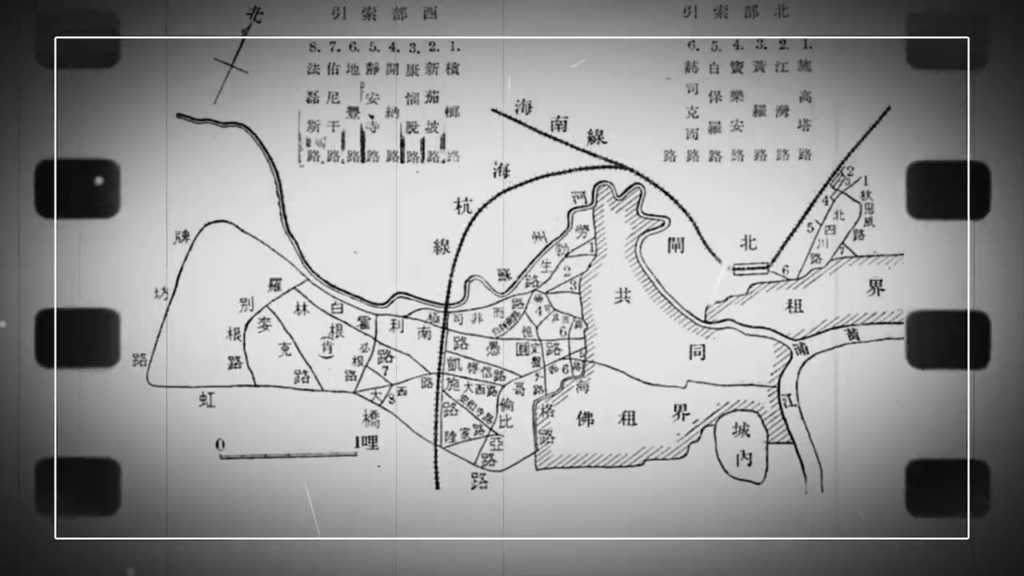
That’s all for this analysis! There might be some other details I’ve missed, but hopefully, this can give people the whole context of this video. Special thanks to Mme Latence on Discord, who helped me with my researches!
P.s: now excuse me, but I still can’t get over the fact that the only English source I found about Shanghai Gen’ya outside of a Touhou Wiki mention was a freaking 4chan thread.